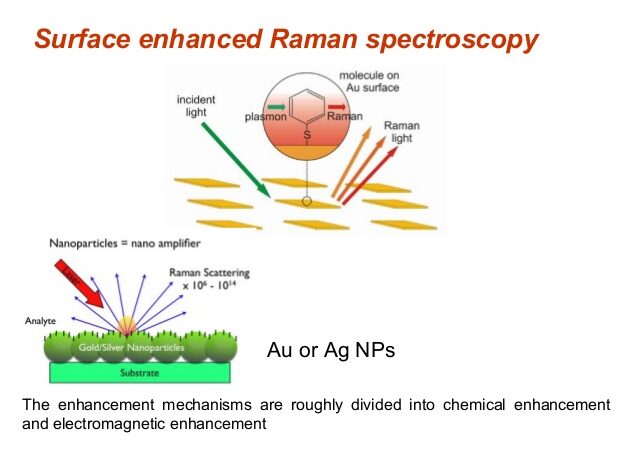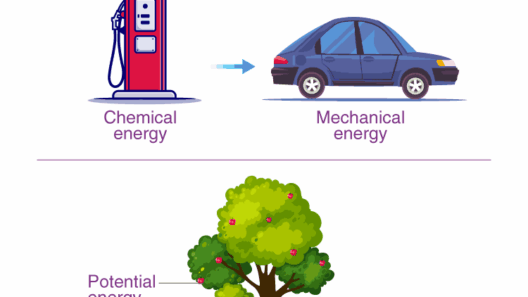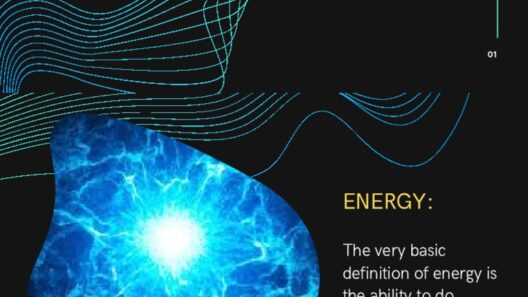Raman spectroscopy is an intriguing analytical technique that exploits the interaction of light with molecular vibrations. This method enables scientists to obtain detailed information about molecular structures, bonding, and even chemical composition. One of the most compelling questions surrounding Raman spectroscopy is: how does it operate without violating the fundamental principle of energy conservation? In this discussion, we will explore this concept thoroughly, addressing the principles that govern this remarkable technique.
At the heart of Raman spectroscopy lies the interaction between monochromatic light and molecules. When a beam of light, typically from a laser, strikes a sample, most photons scatter elastically through a process known as Rayleigh scattering. In this scenario, energy is neither gained nor lost; the photons retain their energy. However, a small fraction of the photons undergo inelastic scattering, leading to a shift in energy. This phenomenon is what we identify as Raman scattering.
The essence of Raman scattering illustrates a fascinating interplay between energy, molecules, and light. When a photon collides with a molecule, it can excite vibrational modes of the molecule. If the energy of the incident photon is transferred to the vibrational energy levels of the molecule, the scattered photon loses energy, resulting in a redshift—this is termed Stokes scattering. Conversely, if the molecule is already in an excited state and the photon gains energy, we observe a blueshift, termed anti-Stokes scattering.
Herein lies the crux of the question regarding energy conservation. One might ponder: can a process be valid if it seemingly involves energy being gained or lost? The resolution to this conundrum rests in understanding that while individual photons may experience energy changes, the total energy within the closed system—including the incident light, the molecules, and the scattered light—remains constant. This aligns perfectly with the law of conservation of energy, which posits that energy cannot be created or destroyed, only transformed from one form to another.
The ability of Raman spectroscopy to discern different molecular vibrations hinges on specific energy transitions that occur during these scattering processes. Each molecule possesses unique vibrational frequencies, and the spectroscopic data derived from these collisions can generate a ‘fingerprint’ of the substance. Through this enhanced understanding, scientists can deduce various chemical properties while remaining assured that the energy conservation principle holds intact.
Moreover, it’s worth noting that energy lost in the system due to Stokes scattering must equal the energy gain from the corresponding vibrational excitation. This brings us to the concept of energy balance. For every photon that exchanges energy with a molecule, an equivalent energy transfer occurs within the closed system. Thus, no violation of conservation occurs; rather, Raman spectroscopy illustrates an astounding example of energy transfer and molecular dynamics.
The nuances of this technique elevate its significance across various fields. Environmental science, for instance, benefits extensively from Raman spectroscopy in analyzing pollutants and toxins. Scientists can identify molecular signatures associated with hazardous substances without needing extensive sample preparation. This capability not only expedites the analytical process but also minimizes the energy input derived from traditional chemical analyses, aligning it with sustainable practices.
Interestingly, the efficiency of Raman spectroscopy sheds light on a broader environmental challenge: how can we continue to utilize advanced techniques without exacerbating existing ecological burdens? By using laser systems that consume relatively lower energy, researchers can maintain adherence to energy conservation while simultaneously reducing their carbon footprint. This synergy of scientific advancement and ecological responsibility underscores the relevance of using such technologies.
In tackling the broader implications of energy conservation in research practices, one must consider the role of innovative techniques in minimizing waste and maximizing efficacy. Raman spectroscopy exemplifies a methodology that allows us to scrutinize environmental contaminants effectively, guiding us toward cleaner solutions. As environmental activists continue advocating for climate-conscious technologies, advancements like Raman spectroscopy represent breakthroughs that harmonize scientific inquiry and ecological fidelity.
Further exploration into the implications of Raman spectroscopy elucidates not only its practicality in various domains but also its inherent capability to illuminate scientific mysteries. As researchers continue to unlock the complexities of molecular interactions, the knowledge gained could precipitate solutions to contemporary challenges. For instance, rapid identification of undesired substances can lead to timely interventions in pollution control, ensuring that our ecosystems remain harmoniously interconnected.
In conclusion, Raman spectroscopy serves as a quintessential model of a scientific technique that operates within the stringent confines of the conservation of energy. By embracing the principles of energy transfer within the framework of inelastic scattering, we can appreciate the brilliance of this method. While seemingly simple at first glance, the complexity of Raman spectroscopy encapsulates profound scientific principles that drive our understanding of the molecular world. The interplay of energy amongst light and molecular structures in this technique reinforces the interconnectedness of our actions—be it in research, environmental activism, or sustainable practices. The challenge remains: how will we leverage this knowledge for a more resilient and environmentally responsible future?








